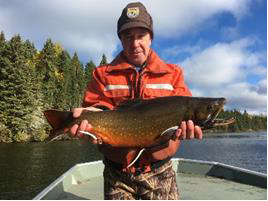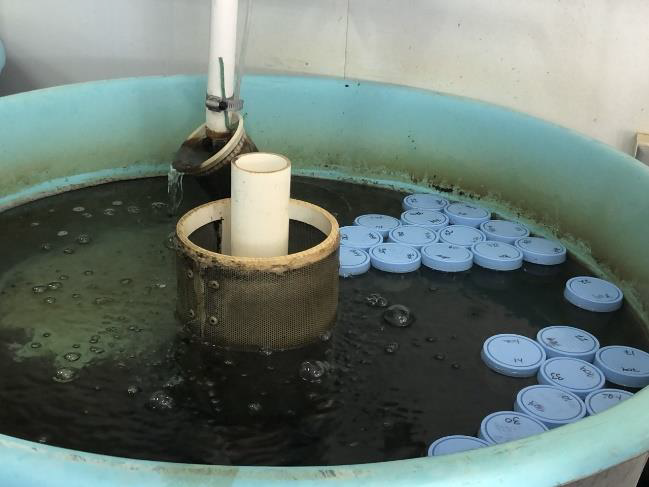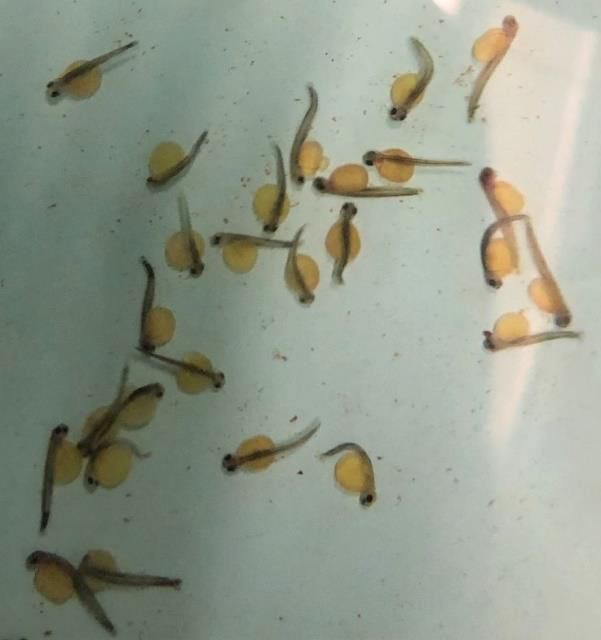John Donne said “No man is an island, entire of itself’ and neither is a freshwater mussel culture or conservation program. Freshwater mussels are some of the most-endangered organisms in North America. 92 species are federally listed and about 2/3rds of the 297 species have state, federal, or provincial protections. With the connectivity of aquatic habitats and the downstream effects of change in aquatic systems, leverage of partnerships is required for conservation.

Photograph of a large snow and ice covered pond in panorama from the sunrise to the moon setting. A gradient of blue from darkest in the west (right) to pale pink in the east (left). Some brown grasses are visible in the foreground the image is framed by winter trees (hickory on the left and maple on the right). Photo credit: Megan Bradley/USFWS.
As freshwater mussel research has moved past the stage of collecting basic biological information for some species, expertise well-beyond propagation and culture are required. Whether that’s population analysis for our monitoring efforts of Higgins Eye reintroductions or restoration, or toxicological responses to mercury (Hg), Chloride, or PFA these areas require expertise or person hours beyond what is available at a hatchery but are joint projects that are in process or that will be completed over the next two years. Freshwater mussel conservation depends on the leveraging of time, expertise, data and money to meet the broadest recovery needs of these unique organisms, and the hatchery is at a nexus of these issues with experienced biologists, juvenile and subadult mussels and access to the extraordinary Upper Mississippi River.
By: Megan Bradley











